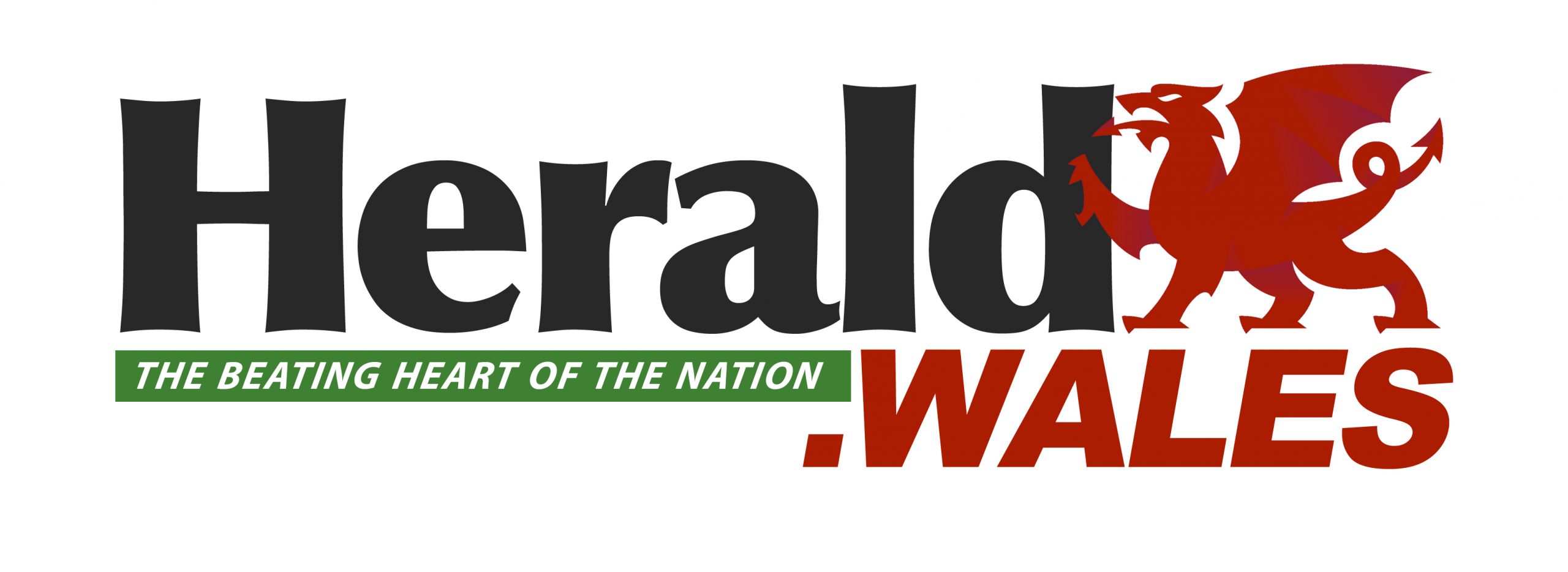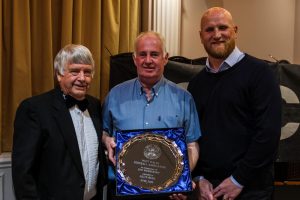SWANSEA Council has missed out on funding for a new cycle and pedestrian path in Gower which has been planned for years, but all is not lost.
The authority had asked the Welsh Government for £1,048,500 of Active Travel funding, as it’s known, for the proposed Bishopston to Mayals route across Clyne Common but received £50,000.
It meant the council secured the lowest sum for Active Travel projects in 2025-26 of all Wales’s 22 councils, although in past years it has secured more than its fair share. And it doesn’t mean the Clyne Common project won’t go ahead as the council can bid again for future rounds of funding.
A spokesman for Swansea Bay cycle campaign group Wheelrights said it was “hugely disappointing” that the new path for walkers and cyclists across Clyne Common would not be delivered “in the foreseeable future”. He said: “Local residents have been calling for a safe route away from heavy traffic for many, many years.”
The 2.4km shared-use path, which would cater for horse riders as well, has planning permission as of last week. It would run parallel with but set back from the B4436 and link up with a shared-use path at the top of Mayals Road, Mayals.

The council’s planning decision notice said any restricted works on common land may require Welsh ministerial consent under the 2006 Commons Act. Bishopston councillor Lyndon Jones said it was his understanding that this commons consent would be required. He said he was confident it would be approved. “In fairness the council’s Active Travel team has been going through hoops to make sure everything is in place,” he said. “I’ve been told that it’s got to be ‘oven-ready’.”
The Welsh Government said all transport funding applications were assessed on a competitive basis, with those awarded money fitting the relevant criteria best. “Some projects receive less funding than they applied for because it is judged that further preparatory work is required before the project is ready to be delivered,” said Cabinet Secretary for Transport and North Wales, Ken Skates.
Swansea Council previously had planning permission to build the shared-use path across Clyne Common but a Welsh Government-appointed planning inspector went on to rule in 2023 that it would interfere with the rights of commoners and would be harmful for nature conservation and the landscape. It was back to the drawing board for the council, leading to a redesigned route.
Cllr Jones said it had taken a long time to get ecology reports, and that while he was disappointed the full funding hadn’t been given he said the £50,000 awarded showed the project was still in the running. More than 2,500 people have signed a petition calling for the shared-use path to improve safety for cyclists and walkers. “We’ve done consultations,” said Cllr Jones. “There is so much support for it.”
A group called Gower Access Path said it has been campaigning for seven years for a shared-use path across Clyne Common. Spokesman Patrick Tribe said people who’d attended consultation events had expressed “overwhelmingly positive” views about the project.
Wales’s 22 councils were awarded around £30 million for specific Active Travel projects in 2025-26, with Monmouthshire, Rhondda Cynon Taf and Wrexham snaffling £15 million of it. Councils also get allocated “core” funding, based partly on population size, for minor works and feasibility studies for future Active Travel schemes.
Swansea Council has a good track record obtaining Active Travel funding, although it paused an approved scheme for Walter Road and Sketty Road last year which had been allocated £1.4 million. Just under half the £1.4 million has been used to upgrade the Clyne Valley shared-use path. Most of the remainder will go on preparatory work for a new section between Gowerton and Loughor and the widening of a riverside path between Brunel Way, Landore, and the Landore park and ride.
Wheelrights said the Gowerton to Loughor scheme, and another from Gowerton to Penclawdd had – along with the Clyne Common and Walter Road ones – been discussed, planned and consulted on for years. “Residents might reasonably ask, ‘When are we going to see some progress on the ground’” he said.
The council said its £1.1 million of core Active Travel funding for 2025-26 would, among other things, pay for design work on the two Gowerton schemes, plus another between Three Crosses, Dunvant and Upper Killay, and another between Killay and Derwen Fawr.
Did the council receive any other transport funding?
Quite a lot, but not as much as it wanted. The Welsh Government’s funding for 2025-26 also covered bus projects, electric vehicle (EV) charging infrastructure and other local transport schemes.
The council was, as it had hoped, awarded £600,000 to design plans to speed up bus journeys from High Street to Cadle along the A483, for example by re-aligning junctions, £380,000 to develop plans to improve bus travel from Ystradgynlais to Mumbles, and £265,000 to design flood drainage improvements between Scurlage and Llanddewi on the A4118.
It also received £208,700 to make walking and cycling more attractive in Penllergaer, particularly for school children, and £333,700 for motorcycle safety work.
Cllr Andrew Stevens, cabinet member for environment and infrastructure, said: “A wide variety of transport related projects will benefit from this latest Welsh Government grant.”
“Keeping everyone on the move in Swansea is a key priority, whether it’s by car, bus or cycling and walking.
“Clyne Common is still a priority in terms of creating a safe walking and cycling route that links between Bishopston and the seafront on Swansea Bay. The funding we have received in relation to this scheme will enable us to take the scheme to the next phase and get the route developed as soon as possible.”
Projects the council received some, but not all, of the funding it requested included £233,500 for EV charging points and £500,000 to continue designing a Swansea Bay and West Wales Metro transport scheme.















